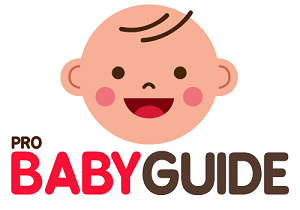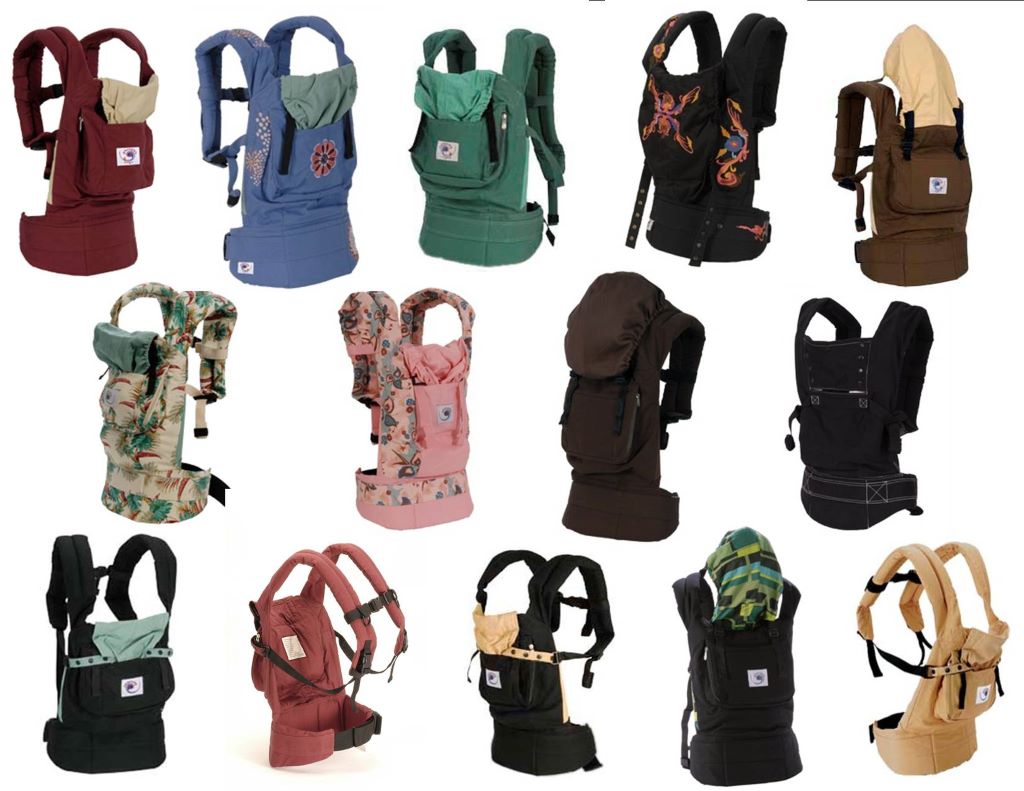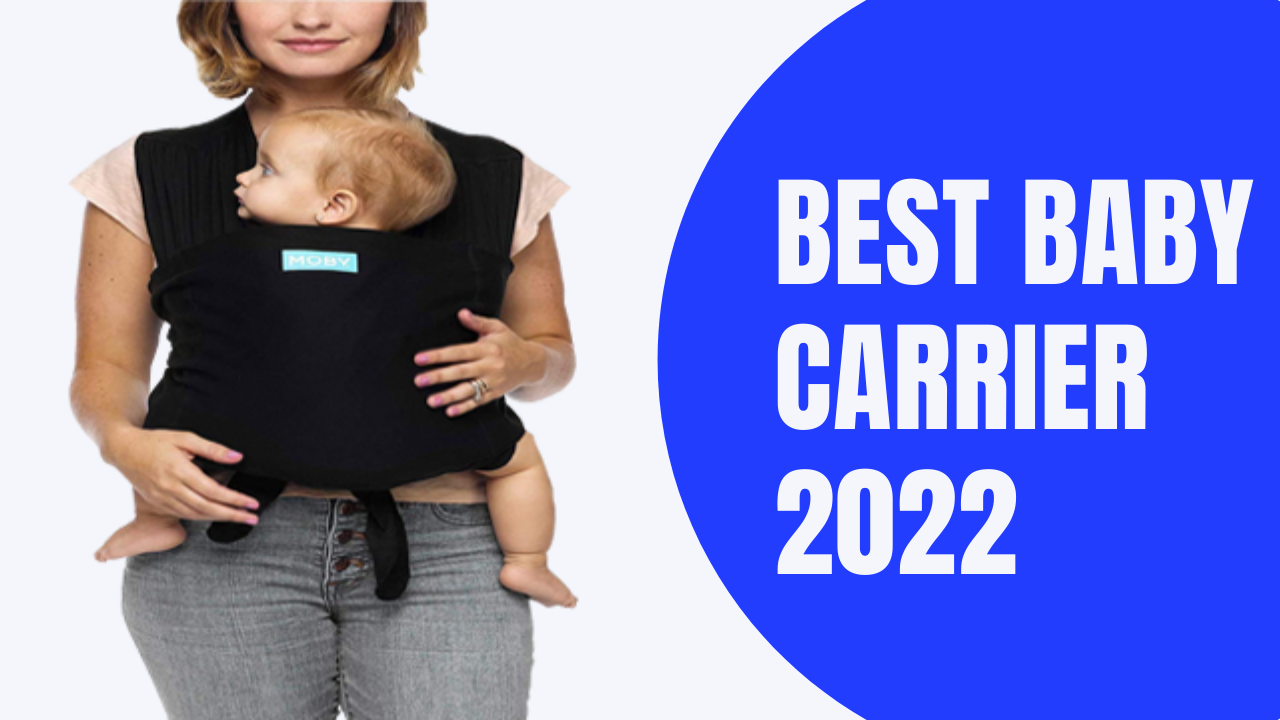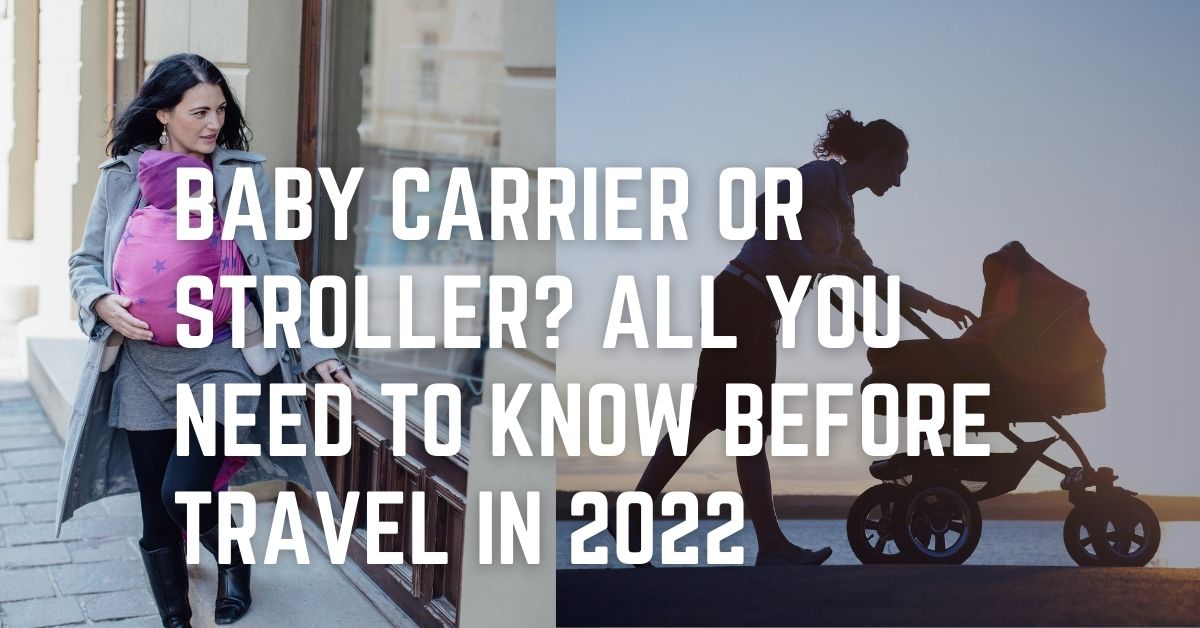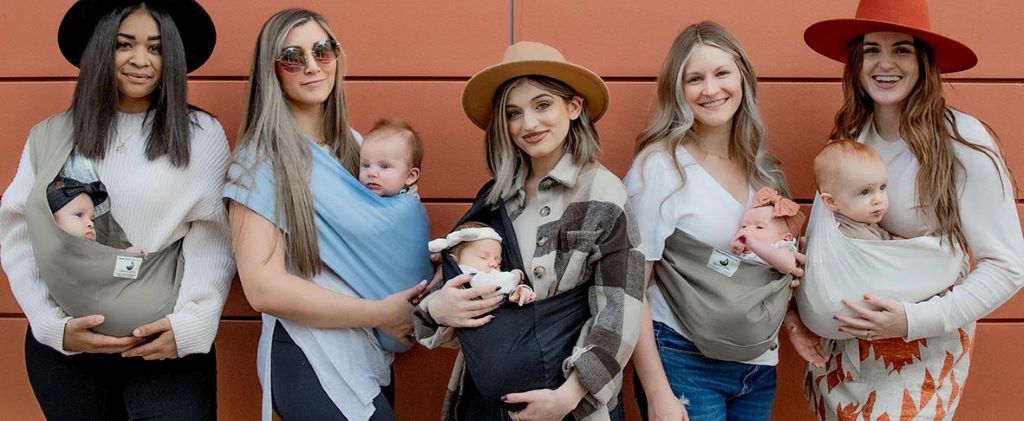Carrying your baby close is a wonderful way to bond, soothe, and keep your hands free. Structured baby carriers offer a safe, comfortable, and ergonomic option for parents and caregivers. With so many brands and features available, finding the right carrier can feel overwhelming. This guide will equip you with the knowledge to make an informed decision.
What is a Structured Baby Carrier?
Unlike wraps or slings that require tying, structured carriers have a pre-formed seat, buckles, and straps. They are typically more supportive for extended wear and offer a variety of carrying positions.
Why Choose a Structured Baby Carrier?
- Ergonomics: Properly designed carriers support your baby’s natural “M” position, promoting healthy hip and spine development.
- Ease of Use: Buckles and straps make them easy to put on and adjust, even with a fussy baby.
- Weight Distribution: The carrier’s design helps evenly distribute your baby’s weight, reducing strain on your back and shoulders.
- Versatility: Many carriers offer multiple carrying positions (front-facing in, front-facing out, hip carry, back carry), adapting as your baby grows.
Key Considerations When Choosing a Carrier
- Safety:
- Look for carriers certified by organizations like the International Hip Dysplasia Institute (IHDI) as “hip healthy.”
- Ensure the carrier is made of sturdy materials and has secure buckles and straps.
- Comfort:
- For Your Baby: Look for carriers with a wide, adjustable seat that supports your baby’s thighs from knee to knee. The fabric should be breathable to prevent overheating.
- For You: Padded shoulder straps and a supportive waist belt are essential. Consider the carrier’s weight and adjustability to fit your body type.
- Carrying Positions:
- Think about how you plan to use the carrier. Do you need front-facing out for curious babies? Or a back carry option for older infants?
- Age and Weight Range:
- Most carriers have a minimum and maximum weight capacity. Choose one that suits your baby’s current size and growth potential. Some are designed specifically for newborns or toddlers.
- Additional Features:
- Some carriers have extra features like:
- Storage pockets: Handy for keys, phone, or a diaper.
- Sun/rain hoods: Provide protection from the elements.
- Nursing support: Allows for discreet breastfeeding on the go.
- Some carriers have extra features like:
- Personal Preference:
- Consider aesthetics, fabric choice (cotton, mesh, linen), and overall design. Try on different carriers if possible to see what feels best.
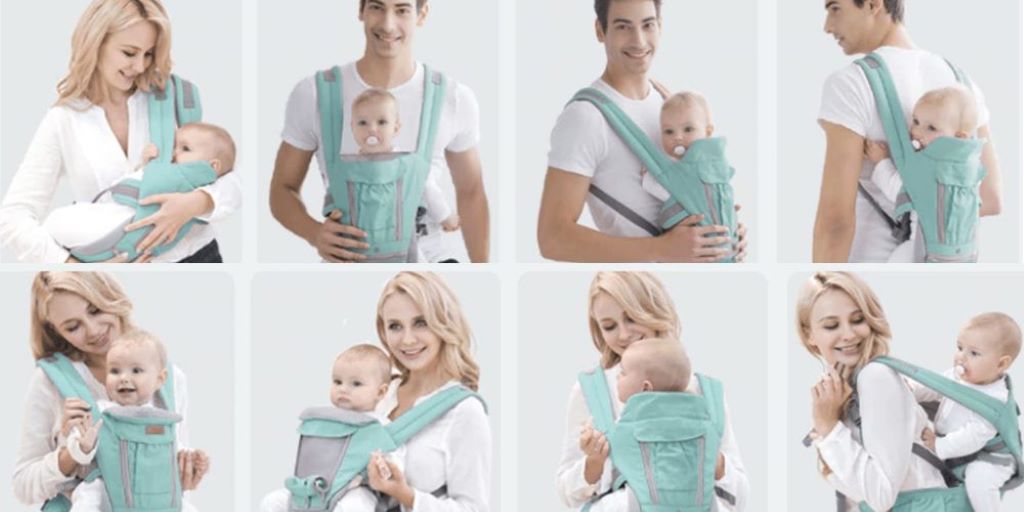
Popular Structured Baby Carrier Brands
- Ergobaby: Known for their ergonomic design and wide range of carrier styles.
- Tula: Offers stylish designs and a variety of options for different ages and sizes.
- Lillebaby: Features carriers with multiple carrying positions and innovative fabrics.
- Beco: Focuses on eco-friendly materials and ergonomic support.
- BabyBjorn: A popular choice known for its simplicity and comfort.
Related: Top 7 Best Baby Carrier for your baby 2023 – ProBabyGuide
Tips for Using a Structured Baby Carrier
- Always read the manufacturer’s instructions carefully before use.
- Practice putting on and adjusting the carrier without your baby first.
- Ensure your baby is positioned correctly and securely in the carrier.
- Never bend at the waist while wearing your baby; instead, bend at your knees.
- Take breaks and listen to your body. If you feel any pain or discomfort, adjust the carrier or take your baby out.
Conclusion
Choosing the right structured baby carrier involves considering your baby’s needs, your personal preferences, and safety guidelines. By researching, trying on different carriers, and understanding the key features, you’ll find the perfect carrier to enjoy those precious moments of closeness with your little one.
